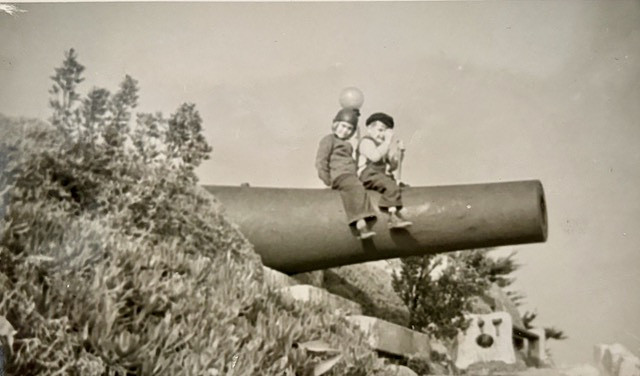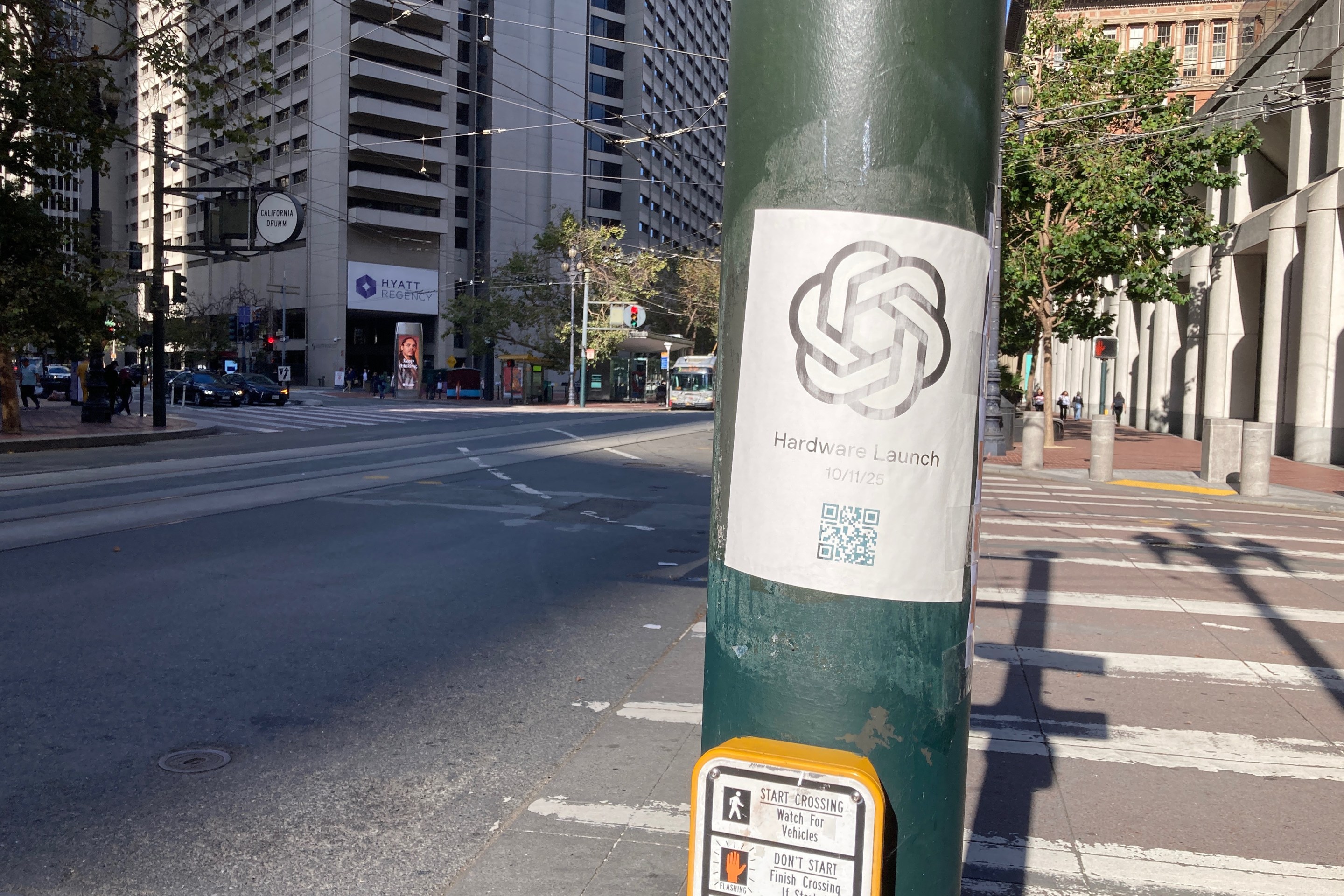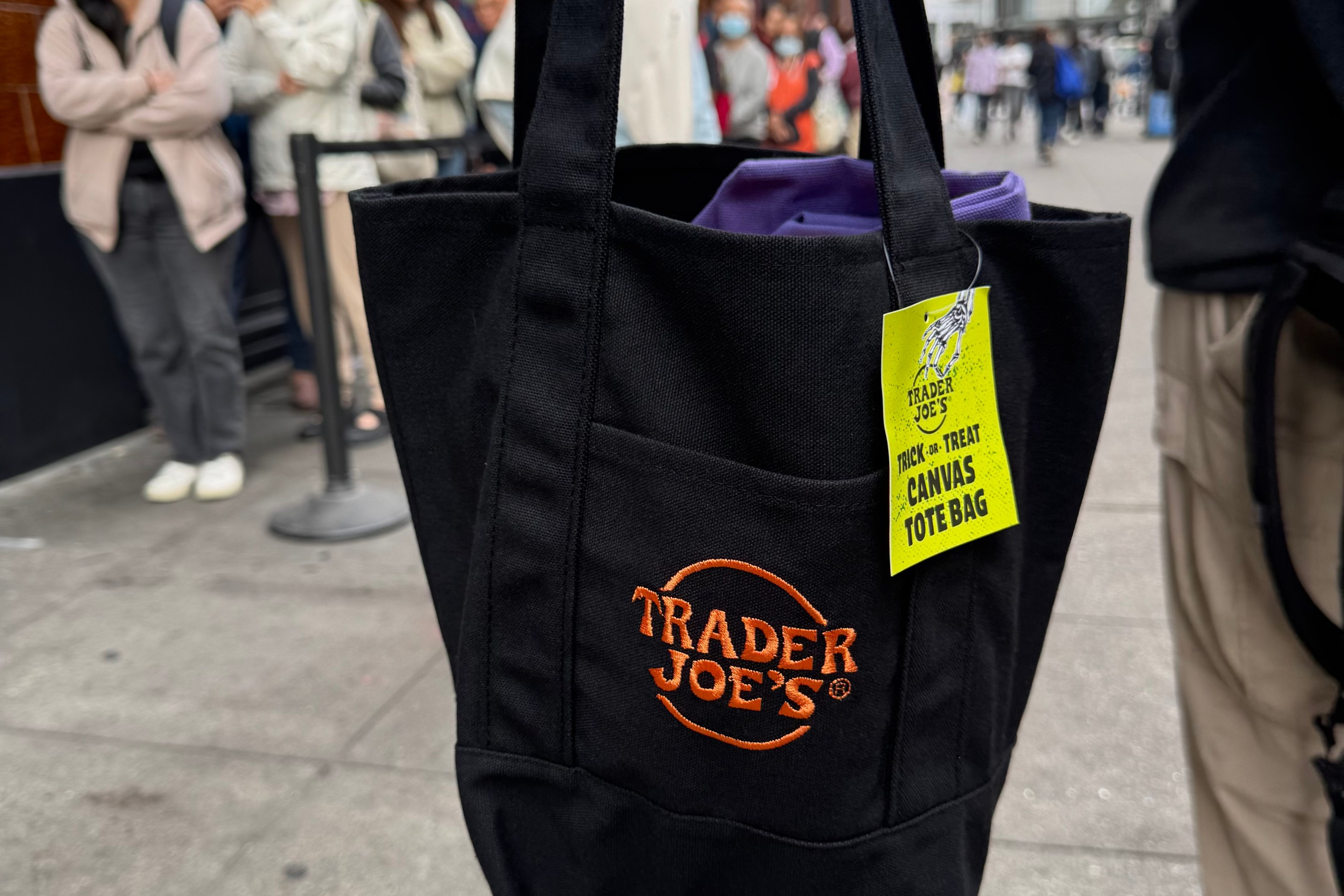On a gray May morning — that’s to say a typical San Francisco May morning — in 2014, my mother, my wife, and I convened at Pier 33 to ride to Alcatraz, along with a literal boatload of tourists.
But we were on a secret mission.
Hours earlier, before leaving the Peninsula, I had opened the box containing my father’s ashes and portioned out perhaps a pint of the coarse, bone-white powder. I’m afraid we hadn’t planned with an eye for ceremony. There were no satin or fine linen sachets; just Ziplocs.
My memories of that day are fragmentary — isolated impressions, really, which is, all too often, what little we retain of moments like those. I don’t even remember whose idea it was to leave a part of my father’s remains on Alcatraz. It certainly wasn’t my father’s expressed wish, but there was no question that he would’ve wanted to go home.
My father was not a convict, but he nonetheless lived at Alcatraz for seventeen years of his life. In June 1934, his father Isaac Faulk, late of Grand Bay, Alabama, was a newly fledged member of the US Prison Service. He was assigned to live where he worked, arriving on Alcatraz with his wife, Esther, their nine-year-old son, Herb, who’d one day be my uncle, and little sister, Ruth, a girl who’d become my aunt. The four of them were the first guard’s family to settle into the newly opened prison complex for the nation’s most hardened criminals.
Two years later, my father, Ed, was born. Until the day my grandfather retired from the prison service in 1954 and moved to San Francisco, Alcatraz was the only home my father would know. And he would have chosen no other. As he and many other children raised on the Island remembered it, Alcatraz was an idyllic small town, floating in the heart of San Francisco Bay. Despite the maximum security prison that shared the island, no one locked their doors. Indeed, as a toddler, my father used to call his neighbors yoo-hoos, because that’s how they’d announce themselves when they entered his house without knocking.
My father’s was a textbook 1950s childhood: baseball, football, bikes. The kids played cowboys too, but toy guns weren’t allowed for obvious reasons.
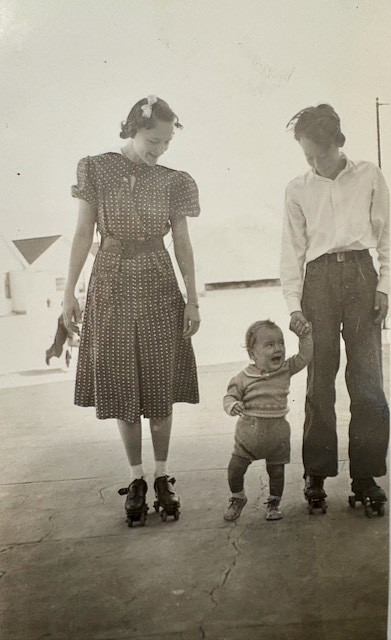
Above all other activities, they roller-skated, a celebration of freedom of movement on an island designed to prevent it. The flat concrete expanse of the old Parade Ground, which bordered the family cottages and served as the official playground, was the spot. For the more adventurous, the steep road from the Warden’s House down to the docks offered the irresistible thrill of speed and the defiance of death. This route abutted the prison and skating was forbidden there, making it all the more alluring.
Kids being kids, most rules that could be flouted were: The beaches and the cliffs, strictly off limits, were regular haunts; the Social Hall, which offered ping-pong and pool, was occasionally infiltrated after hours. As in any small town, kids made their own fun.
Not that the children were unaware that they were living on a prison island. There was fencing, barbed wire, guard towers with rifle-bearing attendants, and the discreet presence of prisoners, who, in many respects, kept the Island functioning. Alcatraz was a famously strict institution — no doubt something Donald Trump hopes to reinstate — where inmates were guaranteed the minimum of food, shelter, medical care, and clothing. Everything else was considered a privilege and had to be earned, including laundry. Nevertheless, there were ample opportunities for a prisoner to improve his lot. There was, for instance, the New Industries Building, where inmates made everything from furniture to gloves to cargo nets. (My uncle’s dearest friend owned a pair of shoes that bore Al Capone’s signature.)
Prisoners who’d worked their way up the ladder of responsibility and trust were given tasks outside the walls, such as landscaping or collecting garbage from the cottages and apartment buildings. During the holiday season, my grandfather would bring small detachments of these men into his home to view his Christmas tree. The men always removed their hats and were on their best behavior.
The Island (they rarely called it Alcatraz, and never the Rock) was both the context and a character in every story of their childhood.
These and other memories less directly linked to the Island played through my mind as we sailed through the Bay in near silence. It was now 60 years later, and my father was returning home. As I smoothed the imperfectly disguised sacks secreted in the raincoat draped nonchalantly over my knee, I savored the thought that we might be the first gang in history to break someone into Alcatraz.
To use the over-worked image, in bringing my father’s life full circle, I felt like I was closing a chapter in my own life, though not just the obvious one. I was born 5 years after Alcatraz closed and almost twenty since the last of my relatives moved off for good. Yet their attachment to their childhood home remained so strong, their identities so shaped by this quirk of personal history, that I’d inherited their sense of ownership of the place. The Island (they rarely called it Alcatraz, and never the Rock) was both the context and a character in every story of their childhood. The Island bonded them and their closest friends so closely that moving off of it was the fundamental milestone in their lives. Everything was measured as either before or after.
But they were also guarded about their life on the Island. My father and his siblings seldom discussed it in public, and when they did, it was usually delivered from a defensive rhetorical crouch. In the cultural imagination, Alcatraz could never be anything more than the Rock, a grim icon of Law and Order. The problem about being related to an icon is that icons belong to the public.
Some time in the early ‘80s, my father and some other former children of Alcatraz returned to the Island for a special event in which they’d tell their stories and take questions from visitors. The Park Service was attempting to rebalance the image of Alcatraz away from lurid true crime and to incorporate the stories of families, of former inmates, and of the Native Americans who have their own long and layered history with the island.
A woman in my father’s group essentially accused him of being an apologist brought in to whitewash the abuses in the penal system. It wasn’t an unreasonable suggestion on its face, but it was delivered with the sharpness of someone who had assumed the worst and had no interest in seeing any other sides. The encounter stayed with him. And, clearly, with me too.
Returning my father to the Island was, therefore, a kind of exorcism for me. It was my first trip there in nearly 30 years. The prison was mostly a ruin then, as it still largely remains today. But a few structures had been refurbished and reopened, including the New Industries Building, with its majestic view of the Bay and gorgeous natural light. Better still, the gardens had been replanted to their former splendor, allowing me to see a semblance of the small town I’d imagined from my father’s stories.
Tales of Al Capone and Machine Gun Kelly still abounded, but families like mine were woven into the Island’s history. In the new museum, there were placards with images and blurbs about the guards and their families. There was also an exhibit of artworks by Ai Weiwei that interrogated the effects of incarceration, and a display about the 19 month indigenous All Tribes’ Occupation of Alcatraz that ushered in a new chapter in the Island’s history. The iconic Rock was revealed to contain multitudes.
That changed in May when President Trump announced his vaporous intention to reopen Alcatraz on Truth Social. Seeing the headlines, I felt the stirring of feelings I thought were laid to rest. As he does with his every off-the-cuff pronouncement, Trump had made someone’s life just a little shittier.
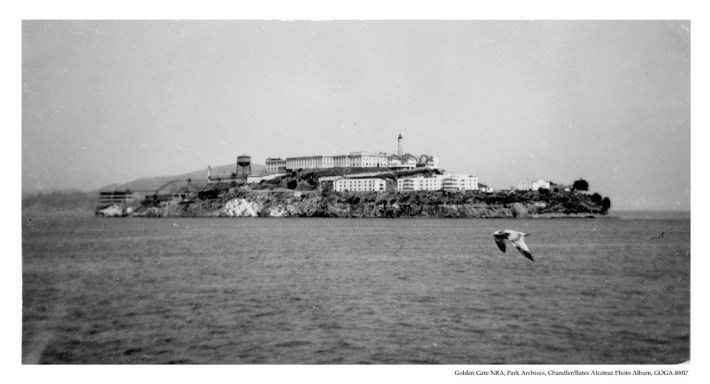
“REBUILD, AND OPEN ALCATRAZ!” he shout-posted. “When we were a more serious Nation… we did not hesitate to lock up the most dangerous criminals and keep them far away from anyone they could harm. That’s the way it’s supposed to be... The reopening of ALCATRAZ will serve as a symbol of Law, Order and JUSTICE.”
Trump, who has spoken fondly about police brutality for years, was yet again conjuring fantasies of rough justice that the Nation Parks Service spent decades correcting in the Alcatraz story. With a few taps on his phone — and the hurried scurrying of his Attorney General — Trump wiped away my father’s childhood home.
The Island would again become the Rock, even if the proposed $2 billion renovation never happens.
My uncle told me that when my grandmother first saw Alcatraz from the Oakland piers, she cried. It looked so small, so dark, and so isolated. Soon she discovered its hidden beauties.
If Trump’s plan is realized, it will, in a single stroke, destroy the harmony that is visible on the Island today and that has taken my whole lifetime to emerge
Even among my family, my grandmother’s love for Alcatraz was profound. In a way, she became the Island’s poet laureate, celebrating the place in dozens of verses about the seasons of the Island and the relationships that flourished there.
In a diptych of poems, she presented the Island from the perspectives of those who know it only as a symbol and those who built a more intimate bond with it.
This is how the first begins:
Staunch and alone in the bay,
Like a fortress grim,
Lashed by angry waves,
Which no man can swim,
Stands the Isle of Alcatraz.
In the companion poem, she contrasts this dark view with the humanity of the people we charge with the actual dirty work of keeping the streets safe: “Cozy homes where love abides… /Where a loved one homeward strides, /When his day at work is done/ Welcome Isle of Alcatraz.” Like all poets, my grandmother knew that two opposing points of view can both be true.
Despite his famous weave and surreal gift for texting, Trump is no poet. If his plan is realized, it will, in a single stroke, destroy the harmony that is visible on the Island today and that has taken my whole lifetime to emerge. It will mean the triumph of a single, cruel vision — the Rock replacing the Island — in service of unleashing fear.
If that happens, my family’s story will be the latest inconvenient truth to be purged from MAGA-approved history. That may not mean much beyond my small community, but this administration’s larger project is apparently to undermine the very idea of community as something that is enriched and united through diversity. Even if Alcatraz never reopens as a prison, that’s a future we may all be confined to.
